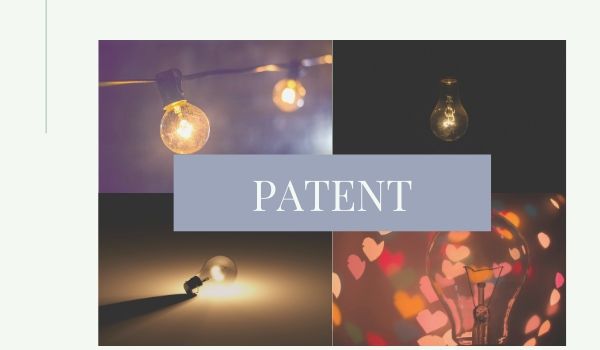There are three basic statutory “patentability” requirements. To be patentable, an invention must have utility, novelty and nonobviousness.
Subject Matter and Utility
The invention must fall within at least one of the four classes of statutory subject matter. Traditionally, the requirement for utility is an easy burden for an applicant to show in an application. However, the issue has been given careful attention by the US Patent and Trademark Office in regards to certain technologies, including the biotechnology field. The utility needs to be credible, specific and substantial under the USPTO guidelines.
Novelty
The law has several requirements regarding novelty. You must be the first to invent your invention (in the U.S.). The invention cannot have been patented or described in a printed publication prior to your date of invention. It cannot have been described in a printed publication anywhere more than one year prior to the filing date of the application and cannot have been in public use or on sale in the U.S. more than one year prior to the filing date of the patent application as seen on https://kulturehub.com/inventhelp-support-inventors/.
An inventor is advised to preserve novelty by filing the U.S. application less than one year prior to any publication, or sales activity. If there is a possibility of filing foreign patents, then the application needs to be filed prior to publication or sale. An inventor is advised to have written evidence of the date of invention, such as writing in a laboratory notebook that is witnessed by an individual that signs and dates the paper.

The USPTO has a disclosure document procedure, in which for $10, the acceptance and preservation for two years of “Disclosure Documents” is evidence of the date of conception of an invention. However, no patent protection is obtained through this Disclosure Document procedure.
Nonobviousness
This is perhaps the most nebulous concept to grasp in regards to patentability. Obviousness rejections are common during patent; however, because such rejections are somewhat subjective, they can often be overcome through persuasive argument. Secondary considerations of (1) commercial success; (2) long-felt need; and/or (3) commercial acquiescence can factor into such arguments.
Typically, the patent examiner will state that the invention is obvious based upon a combination of two or more publications, each of which discloses some aspect of the invention. Applicants may argue that there is a lack of motivation to combine the references or narrow the scope of the claimed invention. You can find much more information about patenting from this profile – https://twitter.com/inventhelp.